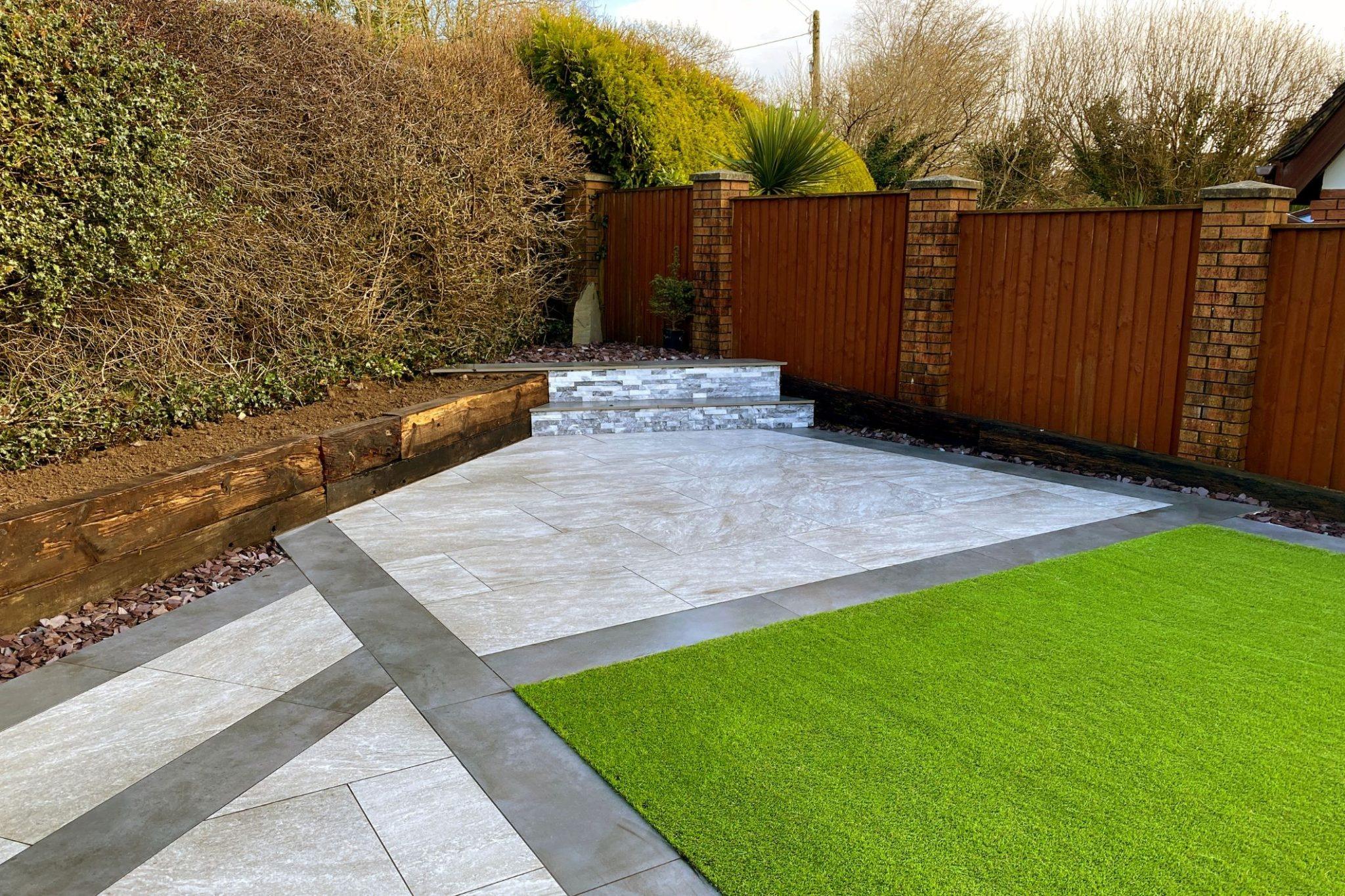Transform Your Outdoor Space: Why Artificial Turf is the Smart Choice and How to Install It Right

In today's fast-paced world, more homeowners, businesses, and property managers are turning to artificial grass and artificial turf as a practical and visually appealing alternative to traditional lawns. Thanks to advancements in technology, synthetic grass now looks and feels remarkably close to natural grass — without the heavy maintenance demands.
If you're considering upgrading your outdoor space, understanding the benefits of artificial grass and learning the essentials of artificial grass installation can help you make the best decision. Let’s dive into why artificial turf is a smart investment and how to install it properly for long-lasting results.
Why More People Are Choosing Artificial Grass
There are many reasons artificial turf is growing in popularity across residential, commercial, and recreational spaces:
1. Minimal Maintenance
Unlike natural lawns, artificial grass doesn't require regular mowing, watering, fertilizing, or reseeding. You’ll save countless hours and dollars on lawn care over the years.
2. Year-Round Beauty
Artificial turf stays green and lush in all seasons. Whether it’s the middle of a scorching summer or a freezing winter, your lawn will always look vibrant and fresh.
3. Eco-Friendly Benefits
By eliminating the need for watering and harmful pesticides, artificial grass helps conserve water and reduces your environmental impact.
4. Long-Term Durability
High-quality synthetic turf can last 15-20 years or more, making it a cost-effective choice for both small and large outdoor spaces.
5. Pet and Kid-Friendly
Artificial turf is safe for children and pets. Many turf products are non-toxic, soft underfoot, and feature excellent drainage systems that keep the surface dry and odor-free.
Key Features to Look for in Artificial Turf
Choosing the right artificial grass involves considering a few important factors:
-
Material: Polyethylene fibers provide a soft, natural feel, while polypropylene is more affordable but less durable.
-
Pile Height: For a plush look, opt for a pile height between 30-40mm. Shorter piles are better suited for sports fields or heavy-use areas.
-
Density and Stitch Rate: A higher stitch rate means a denser, more durable product.
-
Color Tones: The best artificial turf blends multiple shades of green — with hints of brown or yellow — to mimic real grass.
-
UV Resistance: Look for UV-stabilized turf to prevent fading and damage from prolonged sun exposure.
How to Successfully Install Artificial Grass
Artificial grass installation is a critical step to achieving a professional, polished finish. Here’s a detailed guide to ensure your project goes smoothly:
Step 1: Clear the Area
Remove all existing grass, rocks, roots, and debris. Excavate the area to a depth of about 3-4 inches. Proper groundwork ensures your new turf lays flat and drains well.
Step 2: Build a Solid Base
Lay down a crushed stone base (⅜” minus or decomposed granite works best). Spread the material evenly and compact it thoroughly using a plate compactor. A stable base prevents dips and sagging in the future.
Optional: Install a weed barrier to minimize the risk of weeds growing through the turf.
Step 3: Roll Out and Position the Turf
Roll out the artificial grass over the prepared base. Allow the turf to "relax" in the sun for a few hours, which helps it settle and reduces wrinkles.
Make sure all pieces face the same direction to maintain a consistent look.
Step 4: Trim and Seam the Turf
Use a sharp utility knife to trim the turf edges neatly. When joining two pieces, use specialized seam tape and adhesive to ensure a strong, invisible connection.
Step 5: Secure the Turf
Anchor the turf with landscape staples or galvanized nails every 6-8 inches around the perimeter and along the seams. This step keeps the turf in place, even in heavy-use areas.
Step 6: Apply Infill Material
Spread the infill material — such as silica sand or a pet-friendly option — across the turf using a drop spreader. Brush the surface with a stiff broom or power broom to help the infill settle and keep the blades upright.
Step 7: Final Inspection
Walk around the area and check for any loose spots, uneven surfaces, or wrinkles. Make adjustments as needed. Once you're satisfied, your synthetic lawn is ready for use!
Maintenance Tips for Artificial Turf
Even though artificial grass is low maintenance, a few simple care steps can extend its lifespan and keep it looking brand new:
-
Brush regularly to maintain upright blades.
-
Rinse periodically to remove dust, especially in dry climates.
-
Remove debris like leaves, twigs, and pet waste promptly.
-
Top up infill occasionally if it gets displaced over time.
Is Artificial Grass Right for You?
Artificial turf is a smart solution for many different settings:
-
Residential lawns and gardens
-
Commercial landscapes
-
Playgrounds and schoolyards
-
Rooftop gardens
-
Pet areas
-
Putting greens and sports fields
Whether you're aiming for a low-maintenance backyard retreat or a durable play area for your children and pets, artificial grass offers a reliable, attractive solution that stands the test of time.
Final Thoughts
Investing in artificial turf can dramatically enhance the appearance, functionality, and value of your property. With proper artificial grass installation, you can enjoy a pristine, evergreen lawn without the hassles associated with natural grass. By choosing high-quality products and following professional installation practices, you'll create an outdoor space that’s beautiful, practical, and easy to maintain for many years to come.
- Art
- Causes
- Crafts
- Dance
- Drinks
- Film
- Fitness
- Food
- Παιχνίδια
- Gardening
- Health
- Κεντρική Σελίδα
- Literature
- Music
- Networking
- άλλο
- Party
- Religion
- Shopping
- Sports
- Theater
- Wellness



